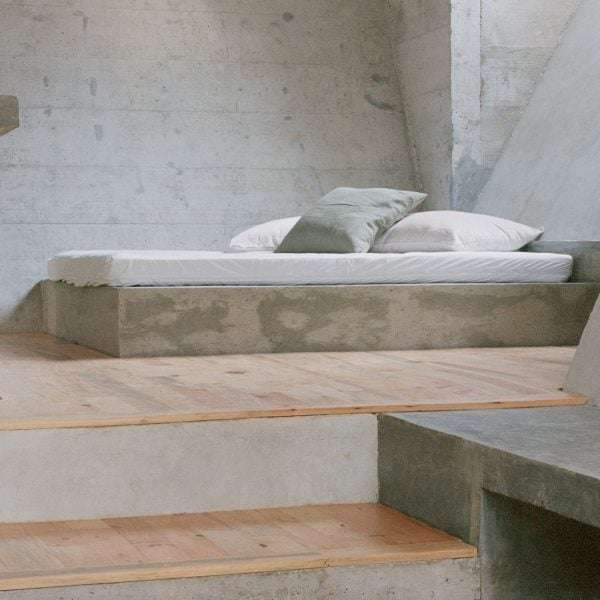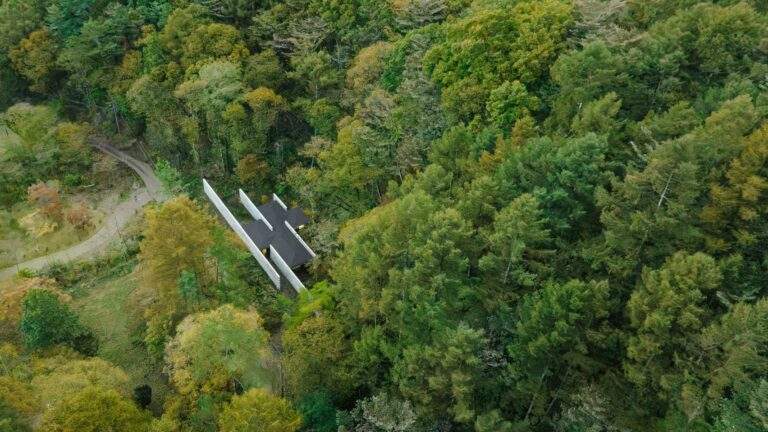In modern architecture, glass facades have become synonymous with flexibility and interaction with the surrounding environment. The architectural projects of David Adjaye, including the Princeton University Art Museum, showcase the innovative use of glass to create a dynamic dialogue between interior and exterior spaces. This article explores the significance of glass facades in modern architectural designs and how they enhance both aesthetic appeal and functionality.
Using Glass to Achieve Interaction
Glass facades serve as more than just a design element; they are fundamental in blurring the line between the building’s interior and its exterior. In projects like the Princeton University Art Museum, David Adjaye employs glass in ways that dissolve barriers, inviting natural light and connecting the building with its surroundings. This not only enhances the visual experience but also integrates the building into its environment.


Sustainability in Material Use
The role of glass in architecture extends beyond aesthetics to include environmental sustainability. Glass facades are often engineered with energy-efficient coatings that reduce heat gain and improve insulation. By using advanced glass technologies, architects like David Adjaye contribute to more sustainable architectural practices, making buildings more environmentally friendly without sacrificing design innovation.
Balancing Form and Function
The use of glass facades in modern architecture illustrates a perfect balance between form and function. While visually appealing, glass also serves practical purposes, such as increasing energy efficiency and creating more flexible building layouts. In the projects of David Adjaye, glass facades highlight the potential for architecture to be both beautiful and functional, adapting to the needs of modern society.


Photos: Adjaye Associates
Finally, find out more on ArchUp:







